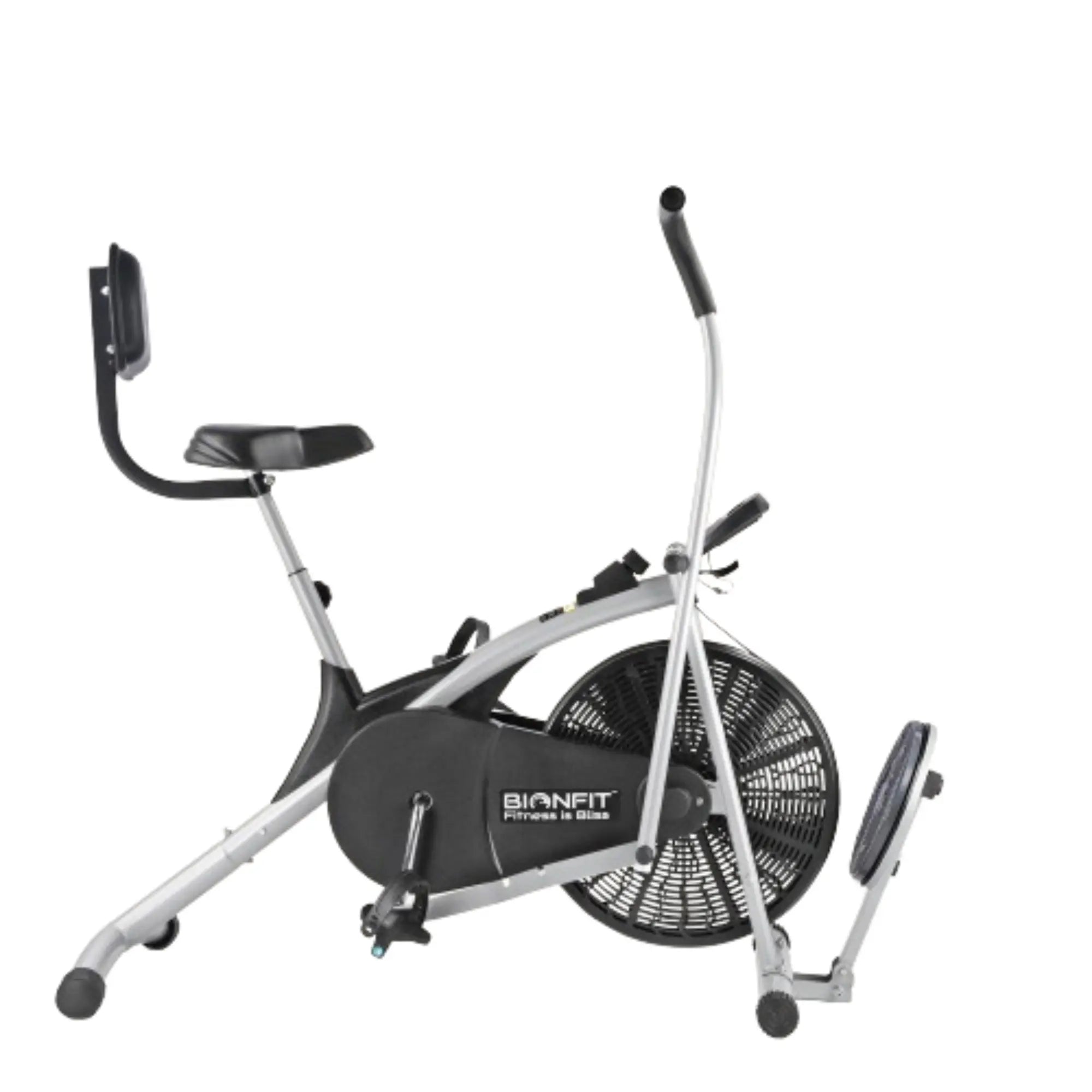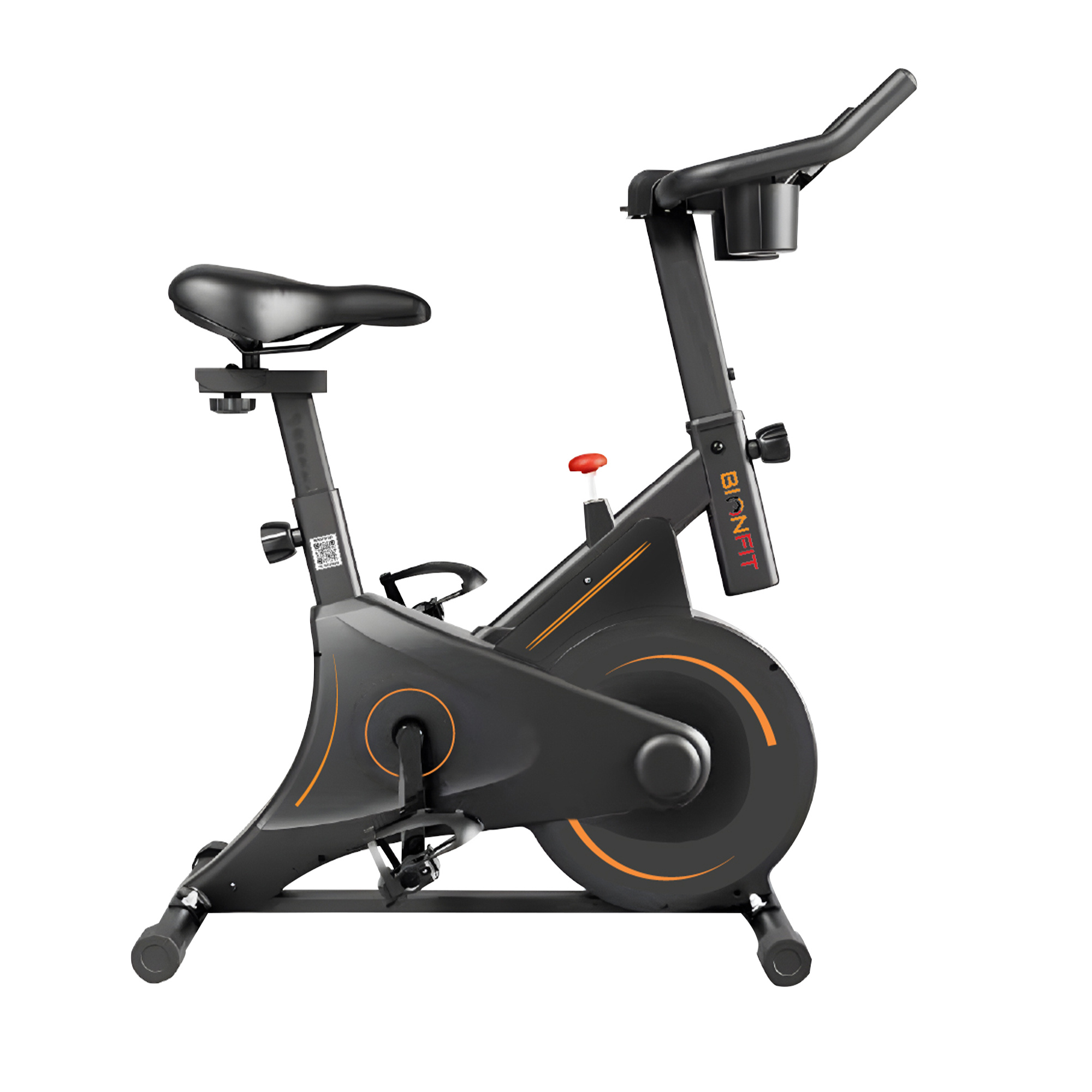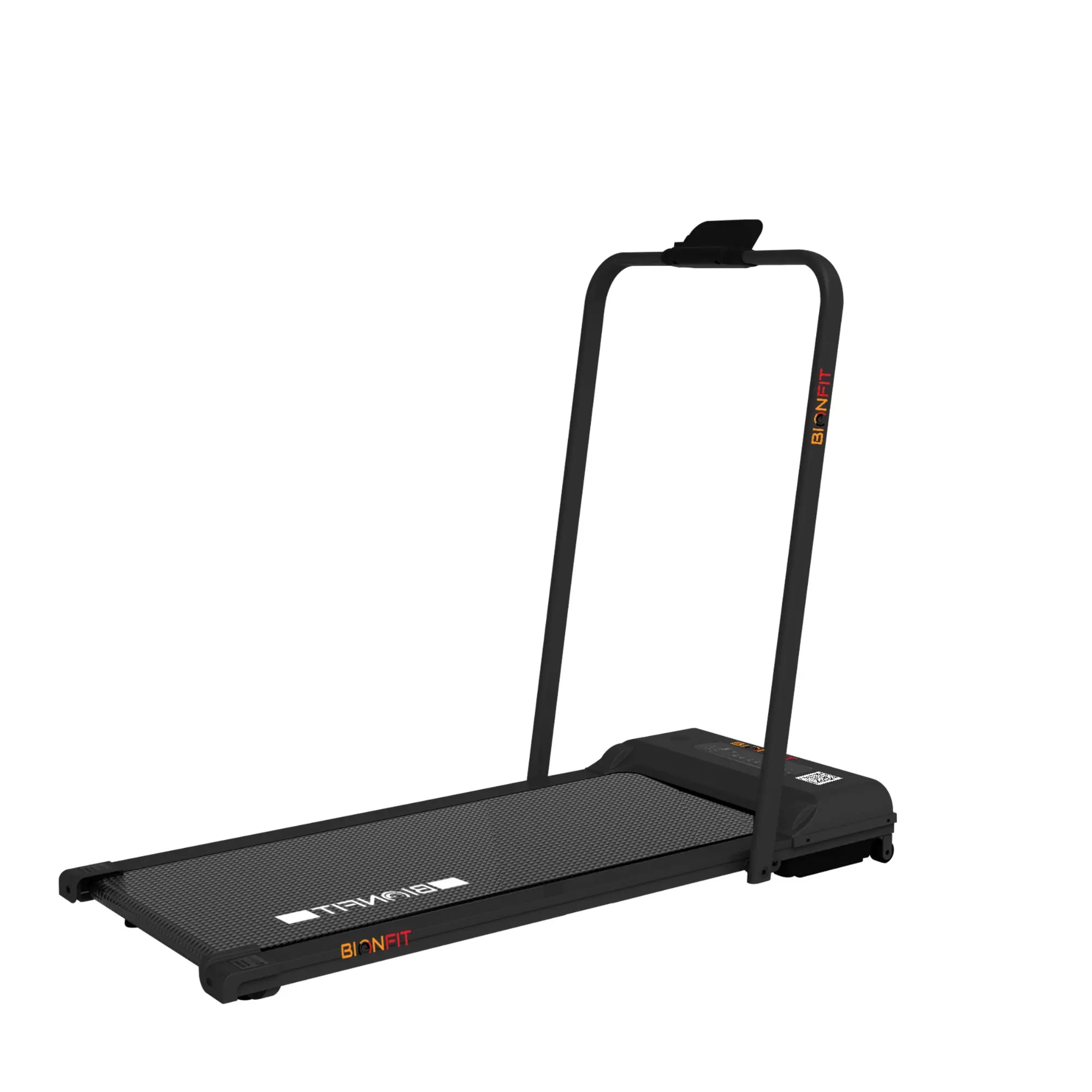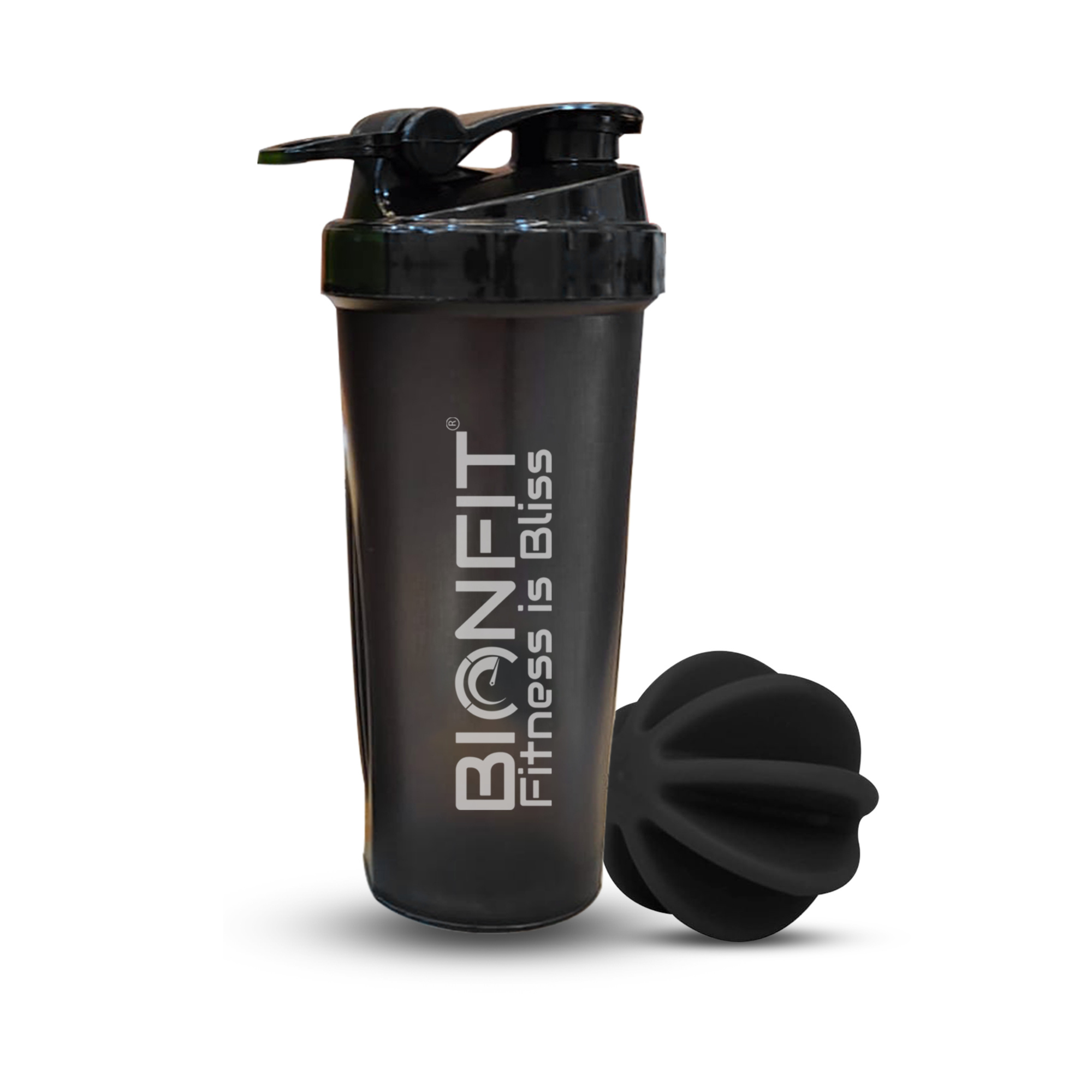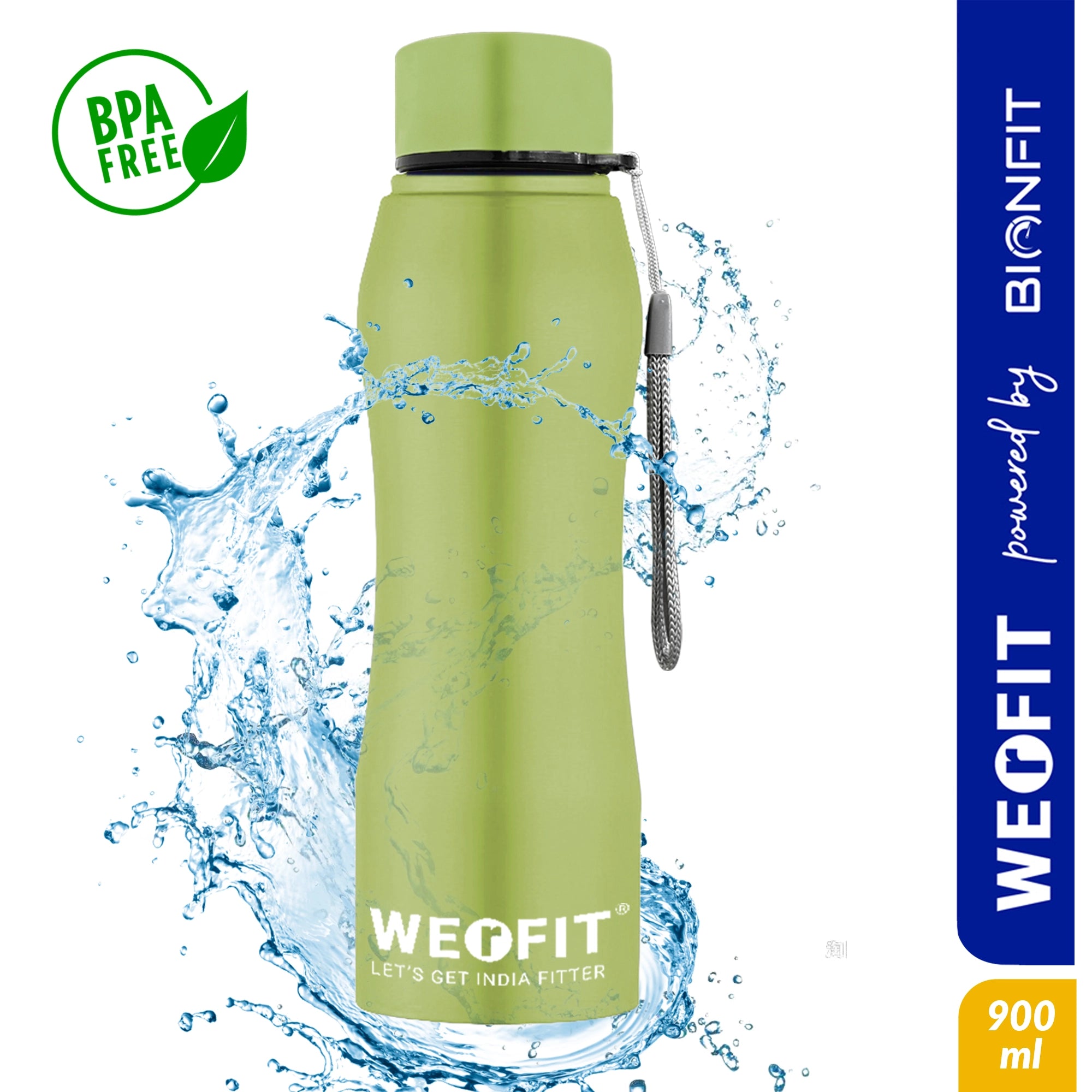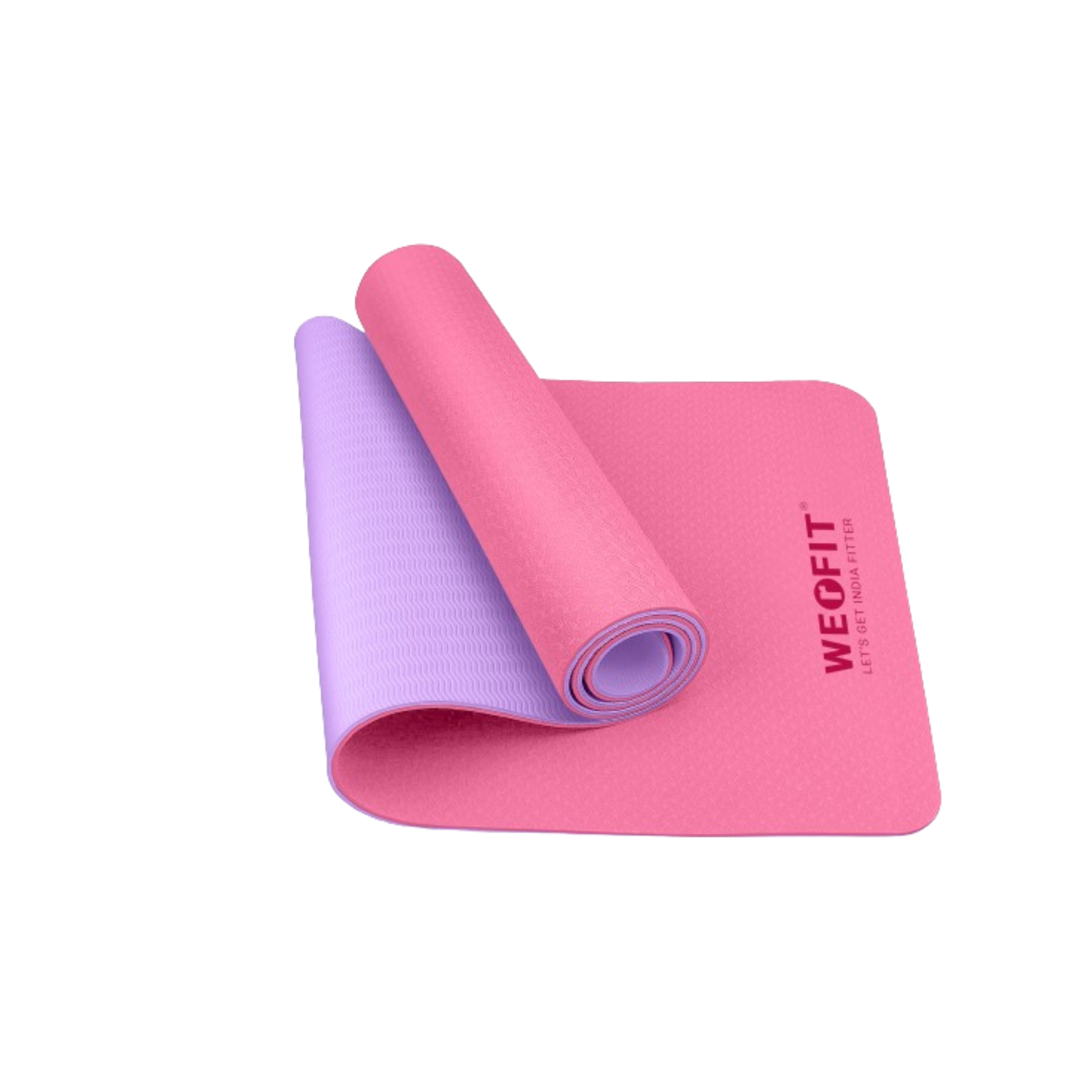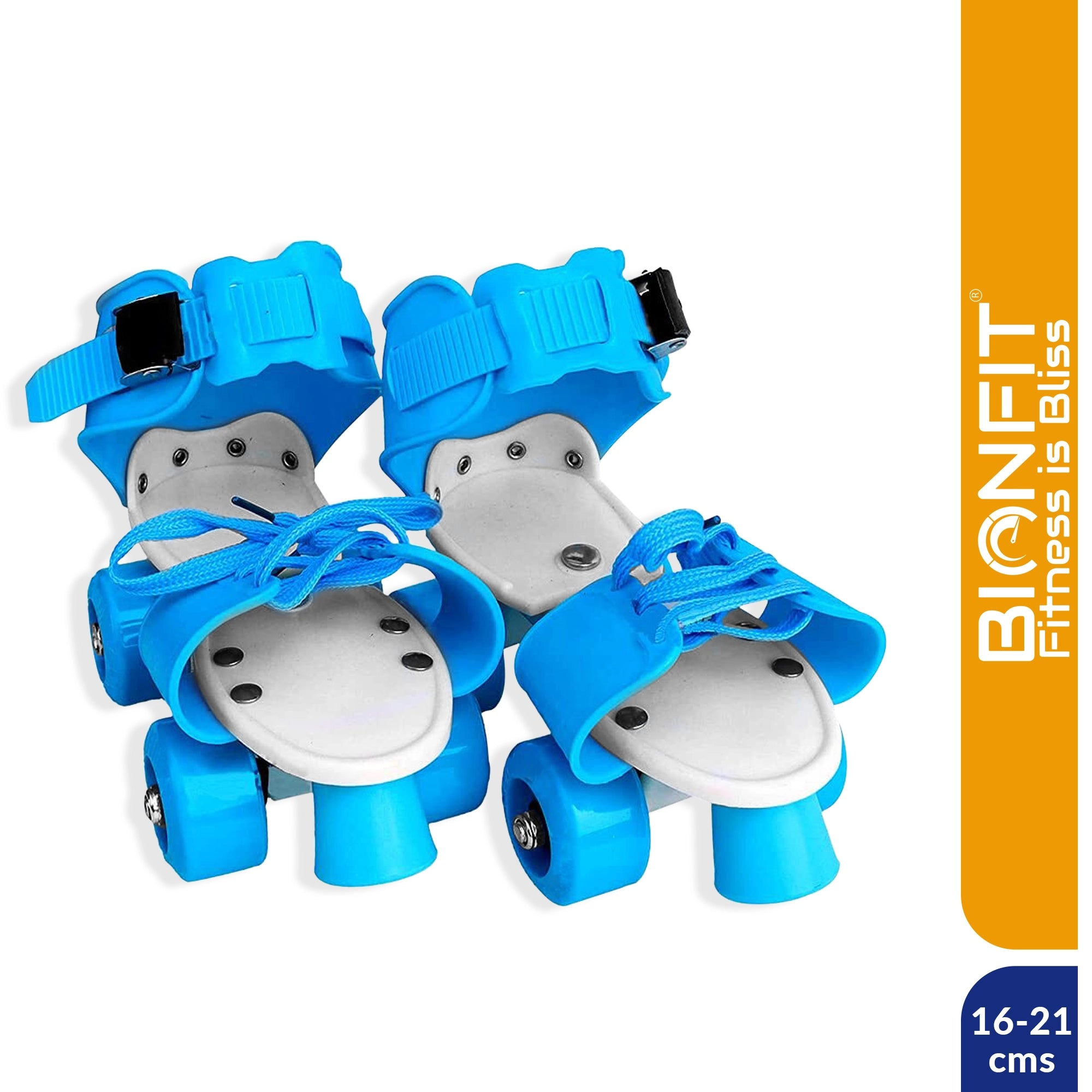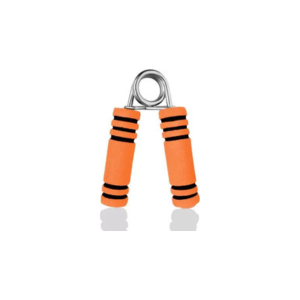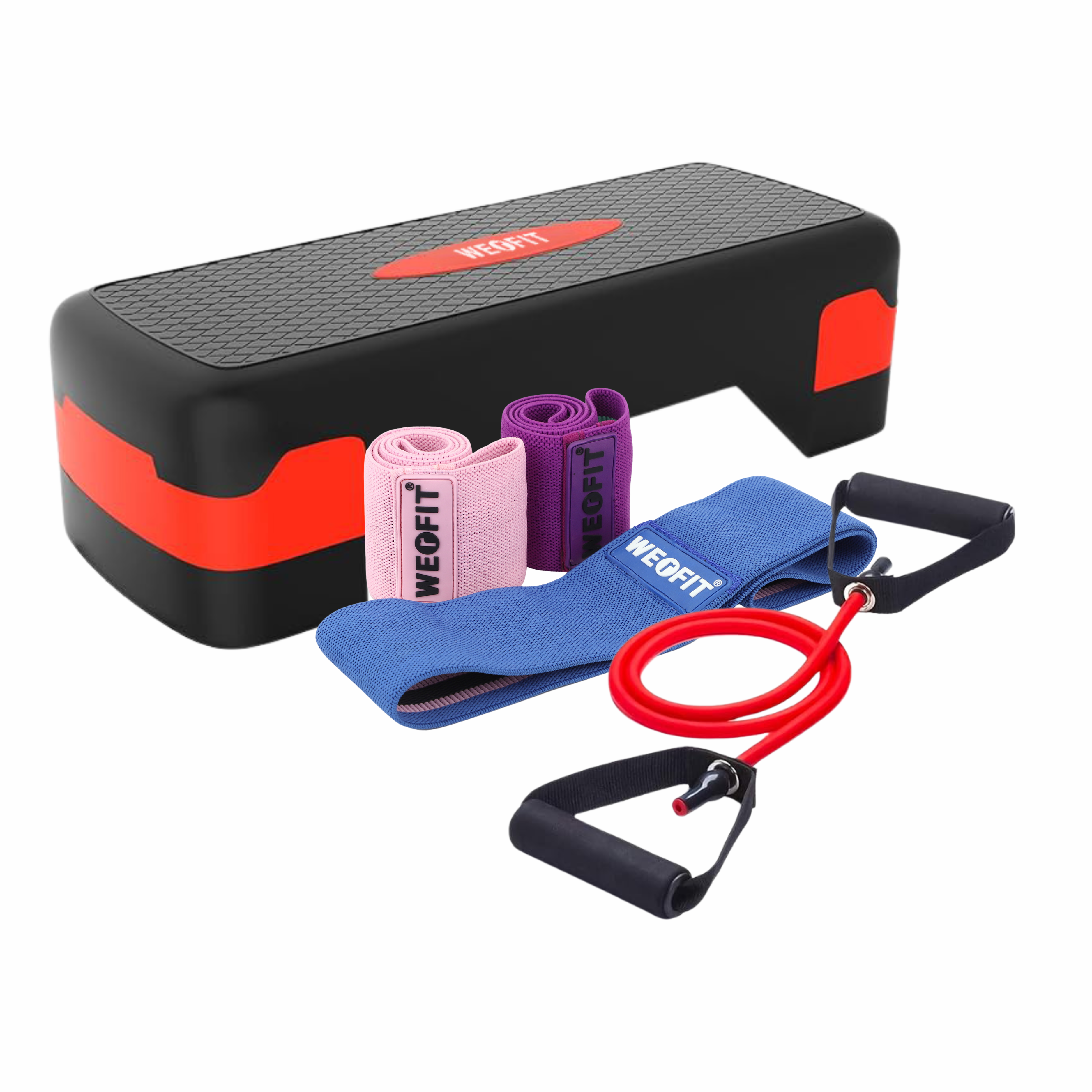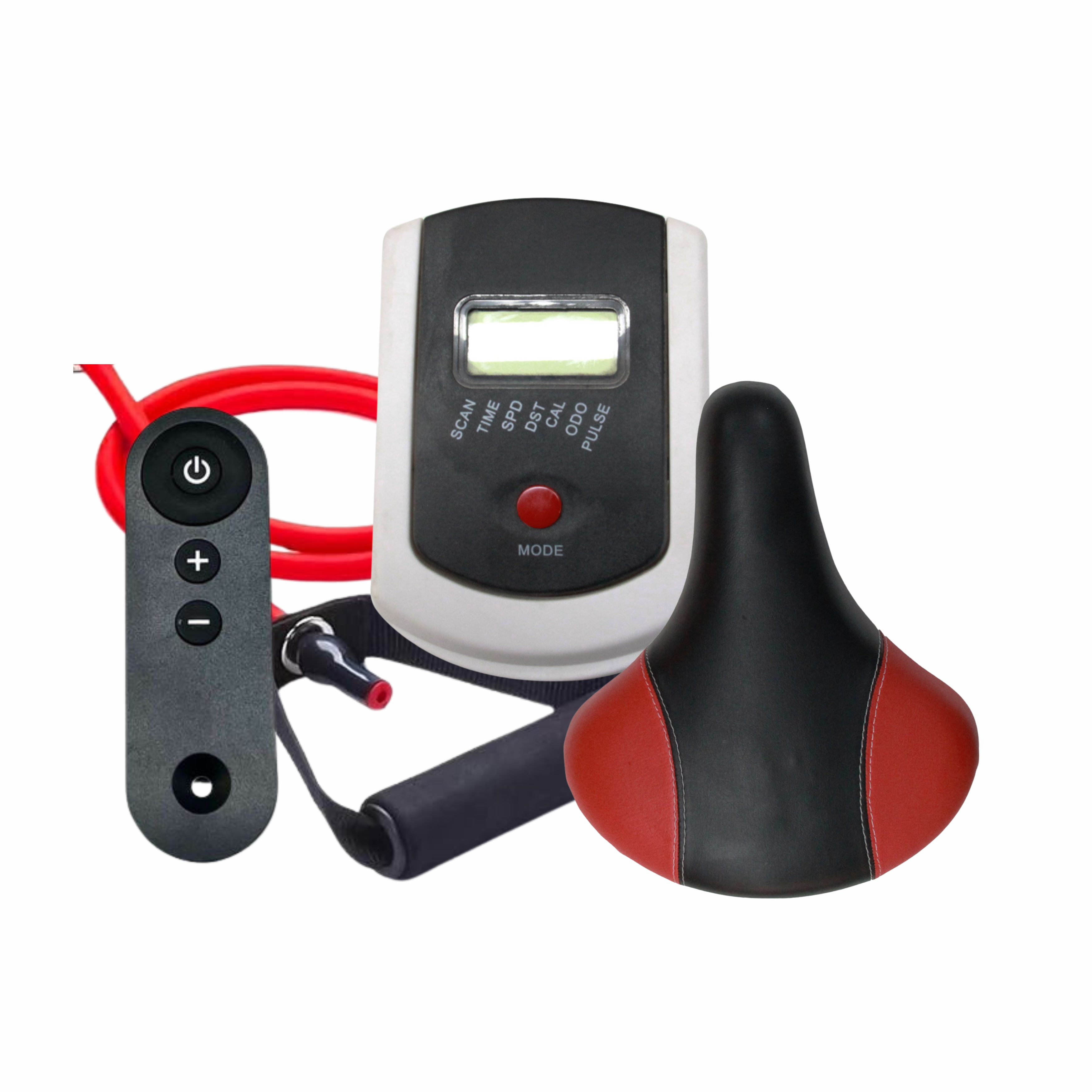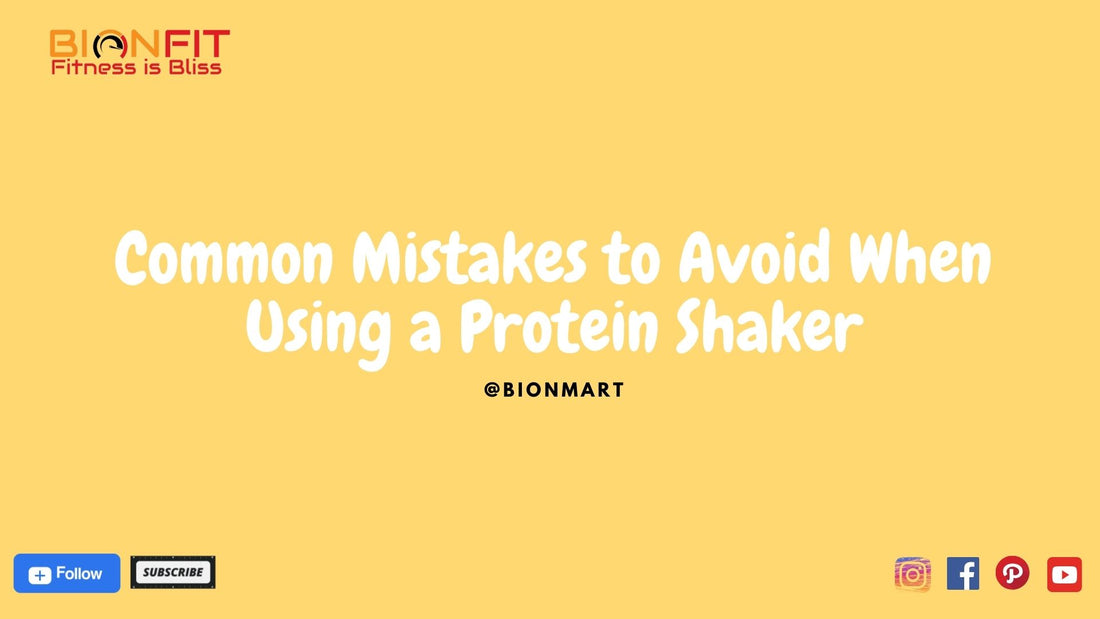
Common Mistakes to Avoid When Using a Protein Shaker
Protein shakers are a staple in the fitness world, essential for anyone serious about their nutrition and workout routine. However, using them incorrectly can lead to a host of problems, from unpleasant shake experiences to health risks. Let's dive into some common mistakes people make with protein shakers and how to avoid them.
Choosing the Wrong Protein Shaker
1. Material Matters
- When selecting a protein shaker, the material is crucial. Plastic shakers are lightweight and affordable but can absorb odors over time. Stainless steel shakers, on the other hand, are durable and odor-resistant but heavier and pricier.
2. Size and Capacity
- Consider the size and capacity that fits your needs. A 20-ounce shaker might be perfect for a single serving, but if you need larger portions, go for a 28-ounce or bigger shaker. Ensure it fits comfortably in your bag and isn't too bulky.
3. Design and Features
- Look for shakers with useful features like a secure lid, a mixing ball or grid, and a compartment for supplements. These features can make your shake preparation smoother and more convenient.
Not Cleaning the Shaker Properly
The Importance of Regular Cleaning
A dirty shaker is a breeding ground for bacteria. Regular cleaning prevents bad odors and ensures your shakes remain safe to consume.
Step-by-Step Cleaning Guide
- Rinse Immediately: Rinse your shaker with warm water right after use.
- Use Soap: Wash it with soap and a bottle brush.
- Deep Clean Weekly: Soak in a mixture of vinegar and water or baking soda to eliminate stubborn odors.
- Dry Thoroughly: Ensure your shaker is completely dry before storing it.
Common Cleaning Mistakes
Avoid leaving your shaker unwashed for long periods, using harsh chemicals, or putting it in the dishwasher if it's not dishwasher safe.
Improper Mixing Techniques
1. Adding Liquid First
- Always add the liquid before the powder. This helps the powder dissolve better and prevents clumps.
2. Using the Right Mixing Method
- Shake your bottle vigorously for 30 seconds to a minute. Some shakers come with mixing balls or grids that help break up the powder more efficiently.
3. Avoiding Clumps and Lumps
- Use cold water or milk and ensure the powder is fresh. Stale powder tends to clump more. You can also pre-blend the powder with a small amount of liquid before adding the rest.
Neglecting to Seal the Lid Correctly
1. The Dreaded Shaker Spill
- Spills are messy and frustrating. Always double-check that the lid and spout are tightly sealed before shaking.
2. How to Ensure a Tight Seal
- Regularly check the rubber seals for wear and tear. Replace them if they seem worn out to ensure a tight seal every time.
3. Checking for Wear and Tear
- Inspect your shaker for cracks or damaged seals. These can cause leaks and reduce the shaker's efficiency.
Using the Shaker for the Wrong Ingredients
1. Best Ingredients for Shakers
- Protein powders, meal replacements, and pre-workout mixes are ideal for shakers. These dissolve easily and don't require intense blending.
2. Ingredients to Avoid
- Avoid using your shaker for thick ingredients like peanut butter or large chunks of fruit. These can clog the spout and make cleaning difficult.
3. Tips for Mixing Different Types of Powders
- If you're mixing multiple powders, ensure they're compatible and blend well together. Some powders may require more vigorous shaking or additional liquid.
Ignoring Expiry Dates on Protein Powder
1. Why Expiry Dates Matter
- Using expired protein powder can lead to reduced nutritional benefits and potential digestive issues.
2. How to Store Protein Powder
- Store your protein powder in a cool, dry place away from direct sunlight. Always keep the lid tightly sealed to prevent moisture from getting in.
3. Signs Your Protein Powder Has Gone Bad
- Check for changes in smell, taste, and texture. If your powder clumps together or smells off, it's time to replace it.
Overloading the Shaker
1. Ideal Shaker Fill Levels
- Fill your shaker to about two-thirds full to allow room for the mixing ball to move and properly blend the contents.
2. Consequences of Overloading
- Overloading can lead to spills and poor mixing, leaving you with a lumpy shake.
3. Solutions for Overfilled Shakers
- If you've overfilled your shaker, pour out some liquid and give it a good shake. Alternatively, use a larger shaker.
Storing the Shaker with Leftovers
1. Risks of Leaving Shake Residue
- Leaving shake residue in your shaker can cause bacteria growth and unpleasant odors.
2. Best Practices for Storage
- Rinse your shaker immediately after use and store it with the lid off to allow air circulation and prevent mold growth.
3. Cleaning Tips for Stubborn Residue
- For stubborn residue, soak your shaker in warm soapy water and scrub with a bottle brush. Baking soda can help eliminate odors.
Using the Shaker Inconsistently
1. Importance of Consistency
- Consistency is key to seeing results from your protein shakes. Incorporate them into your daily routine for the best outcomes.
2. How to Incorporate Shakes into Your Routine
- Set a specific time each day for your shake, whether it's post-workout or as a meal replacement. This helps build a habit.
3. Benefits of Regular Use
- Regular use of protein shakes can help with muscle recovery, weight management, and overall nutrition.
Ignoring Supplement Instructions
1. Reading the Label
- Always read the label for dosage and mixing instructions. Each supplement may have different requirements.
2. Correct Dosage and Timing
- Stick to the recommended dosage and timing for optimal benefits. Overuse can lead to side effects.
3. Mixing Instructions
- Follow the specific mixing instructions provided. Some supplements may require more or less liquid for proper dissolution.
Not Using the Shaker for Other Beverages
1. Versatility of Protein Shakers
- Protein shakers aren't just for protein shakes. You can use them for smoothies, meal replacements, and even iced coffee.
2. Recipes for Other Shaker Beverages
- Try recipes like iced coffee protein shakes, green smoothies, or electrolyte drinks for a refreshing change.
3. Benefits of Using Shakers Beyond Protein Shakes
- Using your shaker for different beverages can maximize its utility and ensure you stay hydrated and nourished throughout the day.
Buying Low-Quality Shakers
1. Dangers of Cheap Shakers
- Cheap shakers often break easily, leak, and absorb odors. Investing in a quality shaker saves you money and hassle in the long run.
2. Investing in Quality
- Look for reputable brands known for durability and good design. Quality shakers often come with warranties or satisfaction guarantees.
3. Top Brands to Consider
- Brands like BlenderBottle, Hydro Flask, and Contigo are renowned for their reliable and high-quality protein shakers.
Not Replacing Your Shaker Regularly
1. When to Replace Your Shaker
- Replace your shaker every six months to a year, depending on usage and wear.
2. Signs Your Shaker Needs Replacing
- Cracks, leaks, and persistent odors are signs it's time for a new shaker.
3. Benefits of Regular Replacement
- Regular replacement ensures you always have a clean, effective shaker ready to use.
Conclusion
Using a protein shaker correctly can enhance your fitness journey and make your nutrition more effective. By avoiding these common mistakes, you ensure your shakes are always delicious, safe, and beneficial.
FAQs
1. How often should I clean my protein shaker?
- Clean your protein shaker after every use to prevent bacteria buildup and odors.
2. Can I use my protein shaker for hot beverages?
- Most protein shakers are not designed for hot liquids as they can warp the plastic or cause leaks. Check the manufacturer's instructions.
3. How can I get rid of stubborn protein shake smells?
- Soak your shaker in a mixture of baking soda and water overnight. This helps neutralize odors.
4. What should I do if my shaker leaks?
- Check the seals and replace any worn parts. Ensure the lid is tightly secured. If leaks persist, it might be time for a new shaker.
5. Are there eco-friendly protein shaker options?
- Yes, there are eco-friendly shakers made from recycled materials or biodegradable plastics. Look for brands that prioritize sustainability.
Follow us for more updates.

